The best Super Mario games: from Bros. to Odyssey, NES to Switch
With numerous reports this week revealing that Nintendo is planning on celebrating Mario's 30th anniversary by releasing the platforming plumber's back catalogue on Switch, it's time to rank the best Mario games. This is a hard thing to do on a few levels, because 2D and 3D Mario games are so fundamentally different that they're hard to compare – not to mention the number of genre games the portly plumber has popped up in.
Still, we ranked them anyway, based on a quick poll of the TechRadar team's favorites. While we pondered including spin-offs in this, like the Paper Mario series, instead we just stuck to mainline entries for both series. We can't wait to play all of these on Switch.
The best Super Mario games
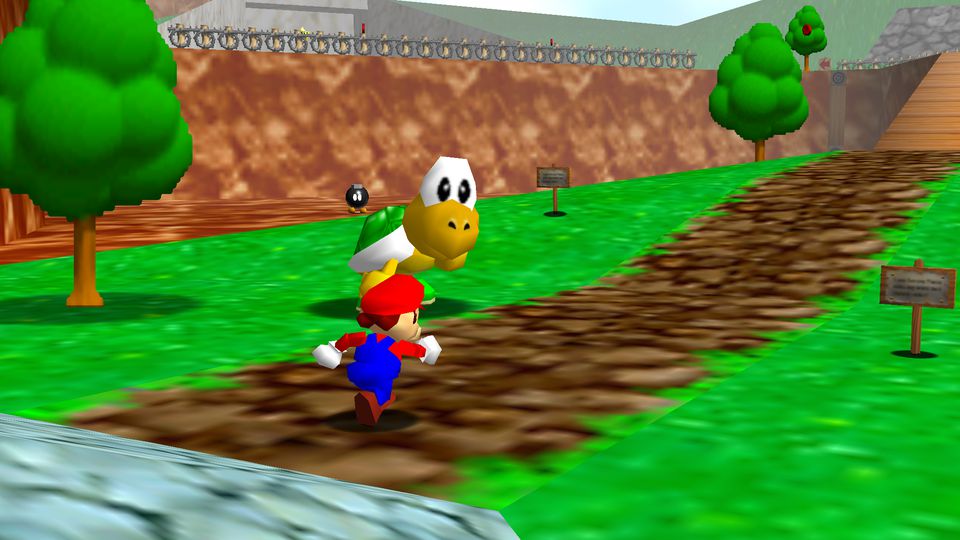
Super Mario 64
Nintendo 64 / Nintendo DS / Virtual Console (various)
The most important game on this list? Probably. With 3D games still in their infancy, and full analogue control something of a pipe-dream and then-brand-new Nintendo 64 needing a flagship title, Super Mario 64 was a revelation. Bringing Mario into the 3D realm, Mario 64 had pinpoint-accurate control with the 64 pad’s mandatory analogue stick, and a wonderfully reimagined universe taking advantage of polygons over pixels.
That it is so playable today still speaks volumes on how near-perfect the game is, with its bold color palette and chunky level design holding up incredibly well today still. It’s exploration-tinged platforming proved the model for practically every 3D platformer that followed (not to mention influencing every game developer making their first steps into 3D game design), with Mario 64 acting as the blueprint for Super Mario Odyssey and its ‘open world’ design.
A nifty Nintendo DS remake not only brought the game into a handheld form, but also added a suite of great minigames and multiplayer support. We can’t wait to see what the Nintendo Switch remaster has in store for this classic title.
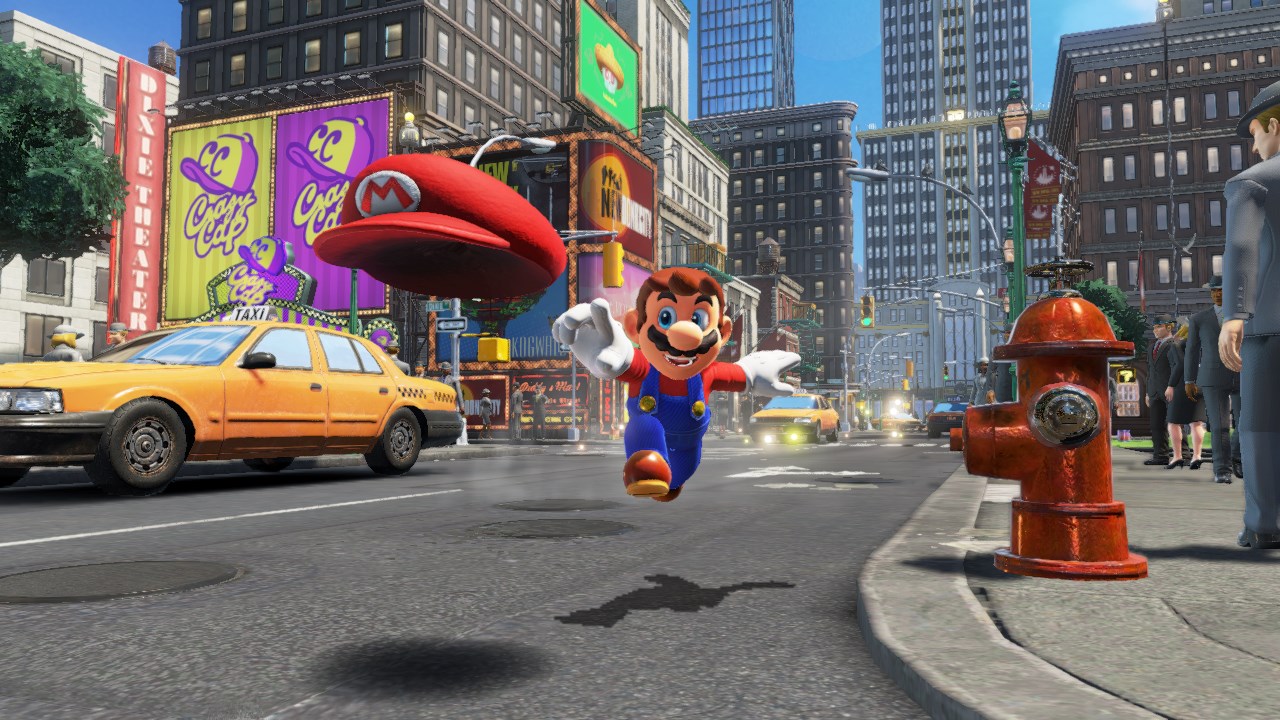
Super Mario Odyssey
Nintendo Switch
Every good Nintendo console needs a good Mario game, and Super Mario Odyssey is up there with the very best the Switch has to offer – not to mention being one of Mario’s finest adventures.
Taking the open level design of Super Mario 64, and blasting open the scale thanks to the power of a more modern console, Odyssey simply oozes with ideas. Each themed world is a giant playground teeming with secrets and nods back to earlier titles. But it’s where Odyssey introduces Cappy, the sentient headwear that acts as the game’s central unique mechanic, where it comes into its own. Toss the blinky cap at an enemy and Mario will warp into its body, taking over its abilities, whether that’s a waddling Goomba or a ferocious Tyrannosaurus Rex. With the new skills each provides, once-mastered levels open up in all new ways.
Being able to take a Mario title of this scale on the go with you in handheld form was just the icing on the cake.
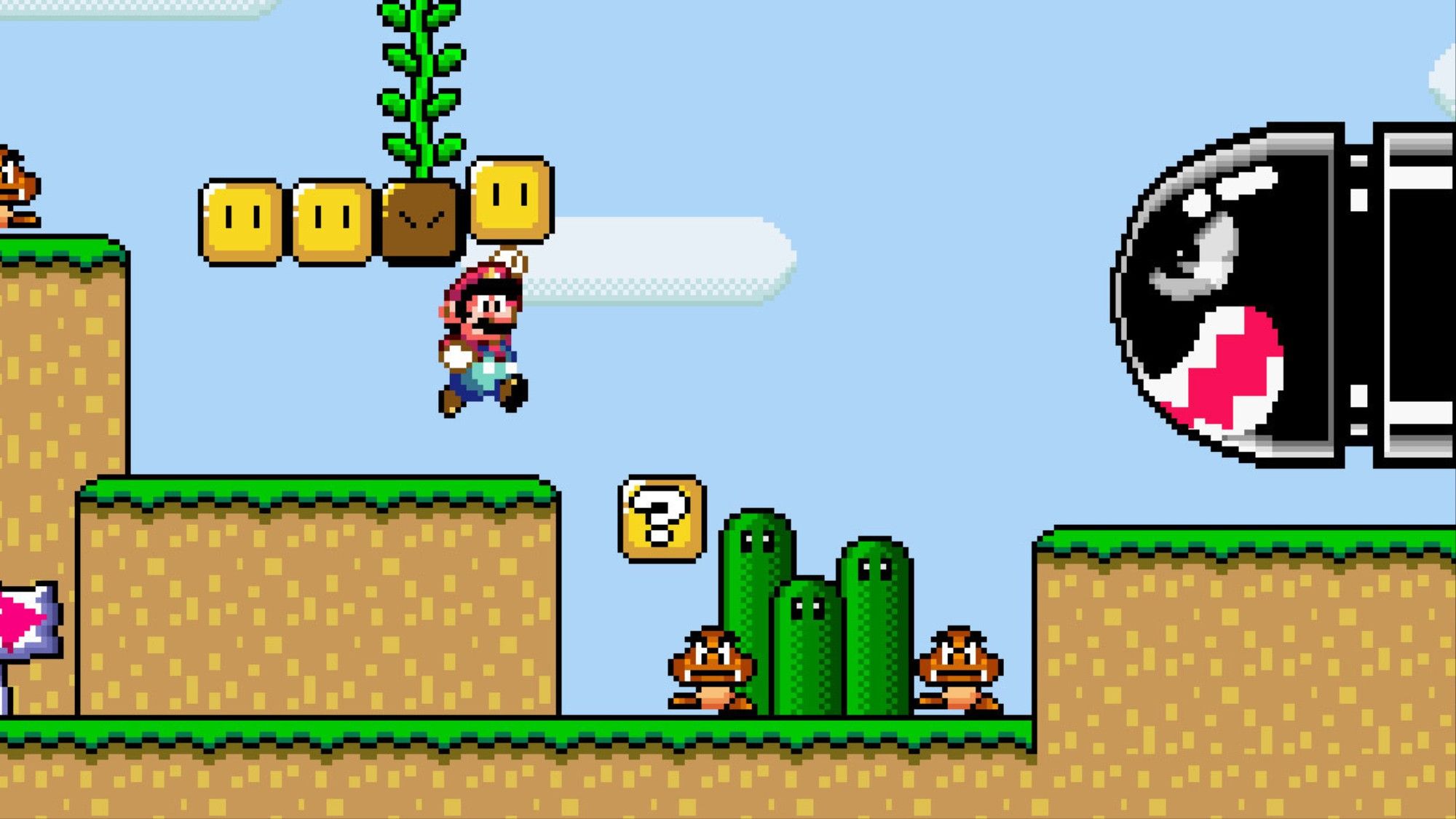
Super Mario World
SNES / GameBoy Advance / Nintendo Switch Online / Virtual Console (Various)
Released in 1990, Super Mario World was the first Mario title for the SNES, and it's had a special place in the hearts of gamers everywhere ever since. Signalling Nintendo’s move away from the constraints of the 8-bit era, Super Mario World introduced gamers to a whole new world of color, with bright, captivating graphics and no less than 96 levels of addictive gameplay – it’s the kind of game you can revisit time and time again without ever getting bored. Not only did the SNES allow for better graphics, it also meant that music could be composed using eight (!) sounds at once – and we think it has one of the best soundtracks of all time.
Super Mario World was also the first time we were introduced to Yoshi, Mario’s dinosaur sidekick, who you can ride like a horse throughout the side-scrolling platformer. This cute new companion combined with Super Mario World’s laid-back, kid-friendly gameplay made it a huge success, leading to multiple re-releases on a number of different consoles, as well as its own spin-off TV series.
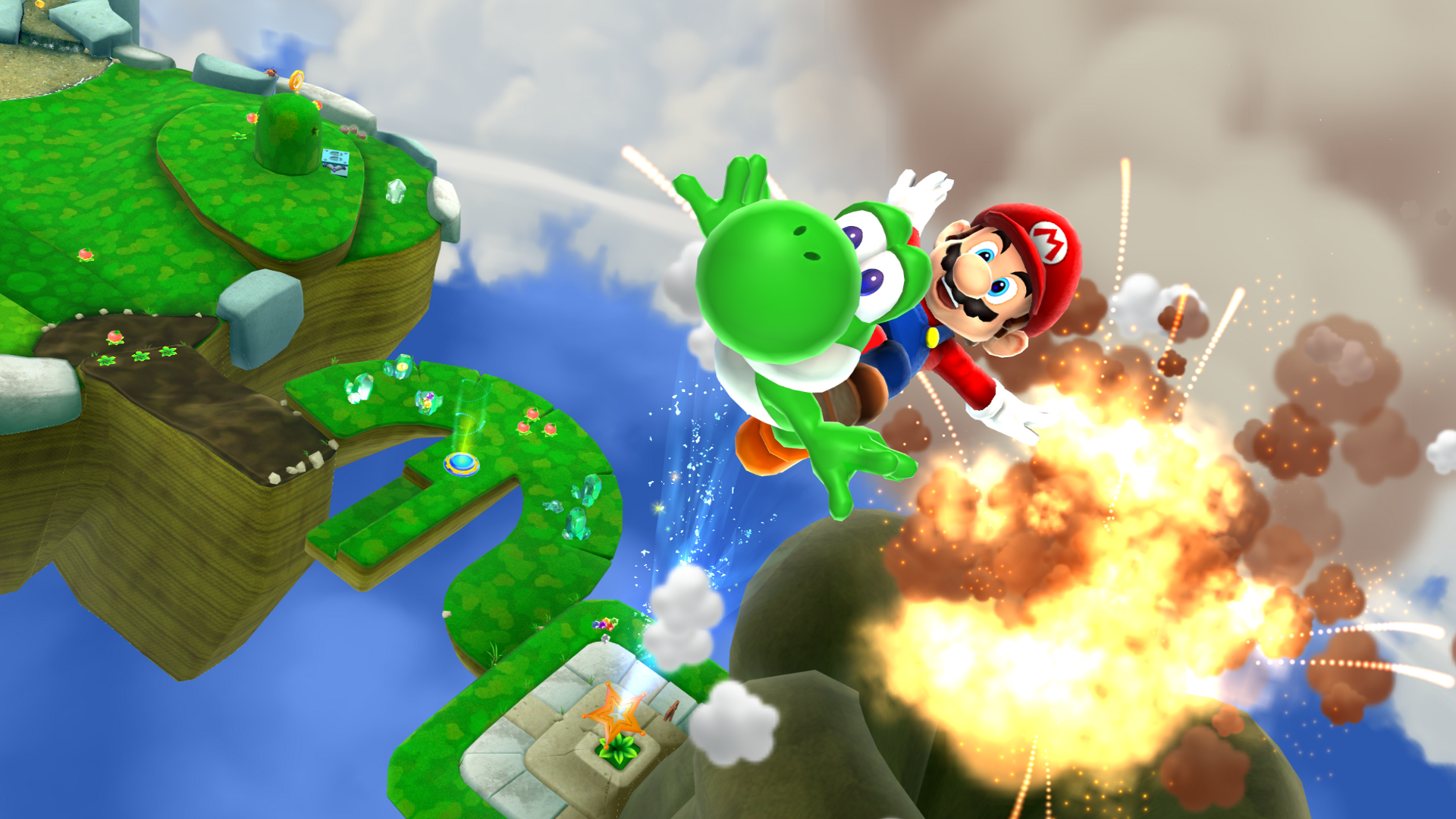
Super Mario Galaxy 2
Wii
We picked Mario Galaxy 2 here to represent both entries in the series. In terms of imagination in level design, this is arguably Nintendo at its peak, taking Mario to an exciting variety of cosmic environments. With the second game, Nintendo added Yoshi to the mix.
The Wii didn't have HD graphics, but it didn't matter with the Galaxy games. They're gorgeous, strange and incredibly exciting, with an amazing soundscape as well. Nintendo followed them up with the more conventional (but still fantastic) 3D Land and 3D World games, but there's something about these that capture the full potential of what a Mario game in 3D can look like.
Both sold massive numbers on Wii, though neither got close to the four-player New Super Mario Bros in popularity. Such was the enormity of the Wii's casual appeal as a multiplayer console.
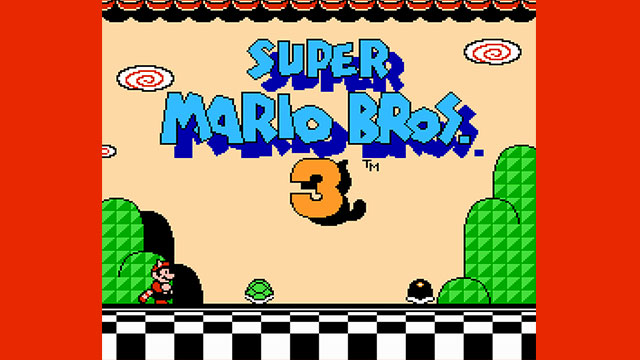
Super Mario Bros. 3.
NES / GameBoy Advance / Nintendo Switch Online / Virtual Console (Various)
There was something magical about Super Mario Bros. 3. For anyone that graduated from the original Mario Bros (and glossed over the insane fever dream of Mario Bros. 2) it was almost impossible to believe this new game could be played on the same console.
Multiple enemies with differing skills, new ‘states’ of Mario (the raccoon suit was amazing, being able to fly, stun and hide from enemies… although we never fully embraced the Frog Suit like we wanted to) and extra power-ups made this amazing.
We’d like to pretend we played it fully without needing to cheat and use the Warp Whistles to get to the end boss, but ultimately the lack of a ‘save’ function made it impossible to stay focused for as long as you needed - and our parents would never let us leave the Nintendo on pause overnight.
The level of detail, playability and variety in the levels, items and sub-games made Super Mario Bros. 3 a classic that pervades to this day… even writing this has made us wistfully nostalgic enough to look up how to play on modern day machines.
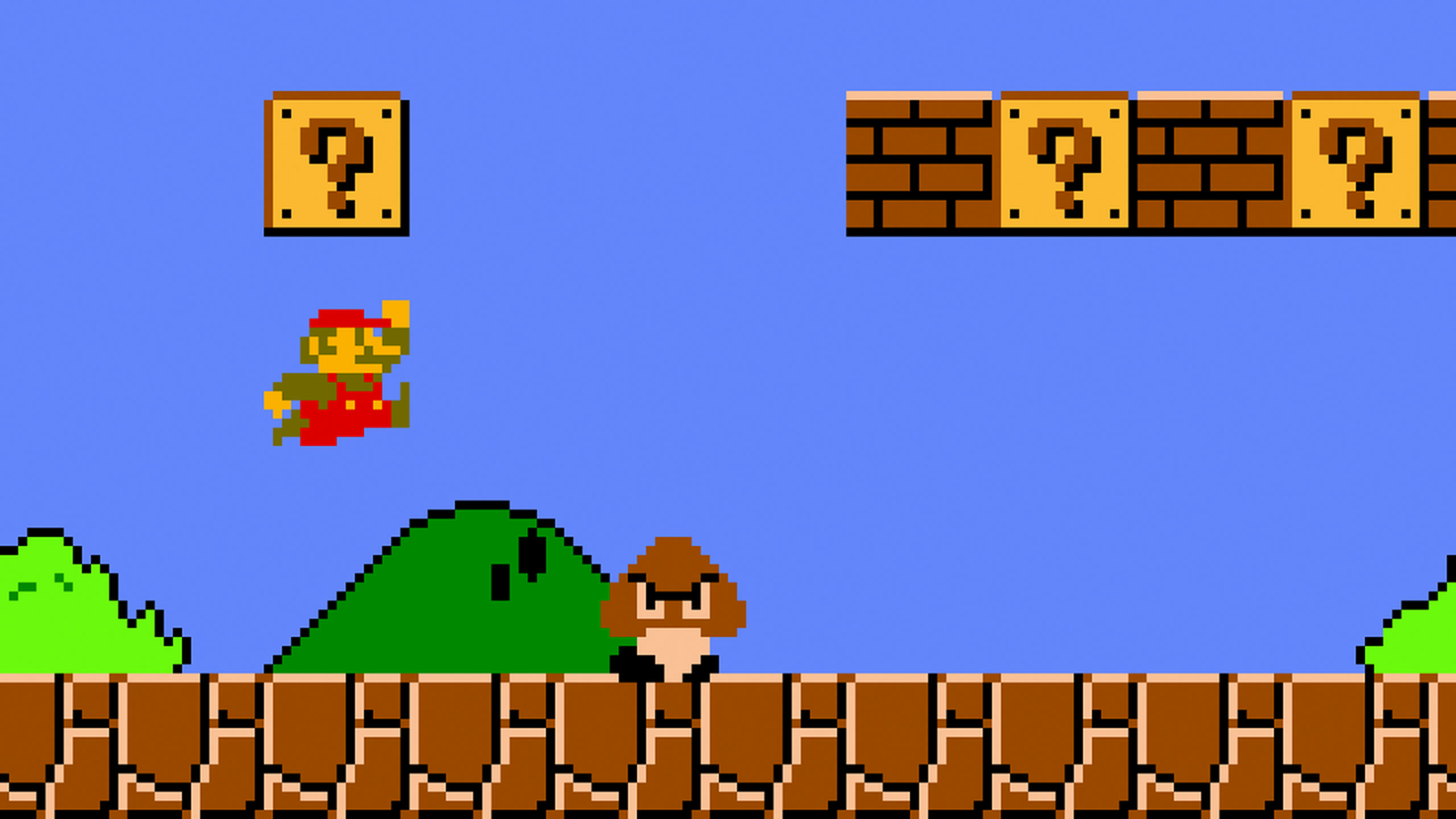
Super Mario Bros.
NES / GameBoy Color / Nintendo Switch Online / Virtual Console (Various)
The one that started it all. From fire plants to Question Blocks, castles to princesses to warp pipes, everything that makes a Mario game a ‘Mario Game™’ made its first appearance here.
Super Mario Bros. is in no small part responsible for the console market that we enjoy today. After the first big gaming industry crash, the market looked uncertain of recovery, with gamers instead shifting their interests to the then-sedate computer gaming market. But Nintendo, the toy-company-turned-arcade powerhouse rewrote the rule book with its family-friendly Nintendo Entertainment System. Coming with Super Mario Bros. as a pack in title secured the popularity of the plumber for decades to come. The rest is gaming history.
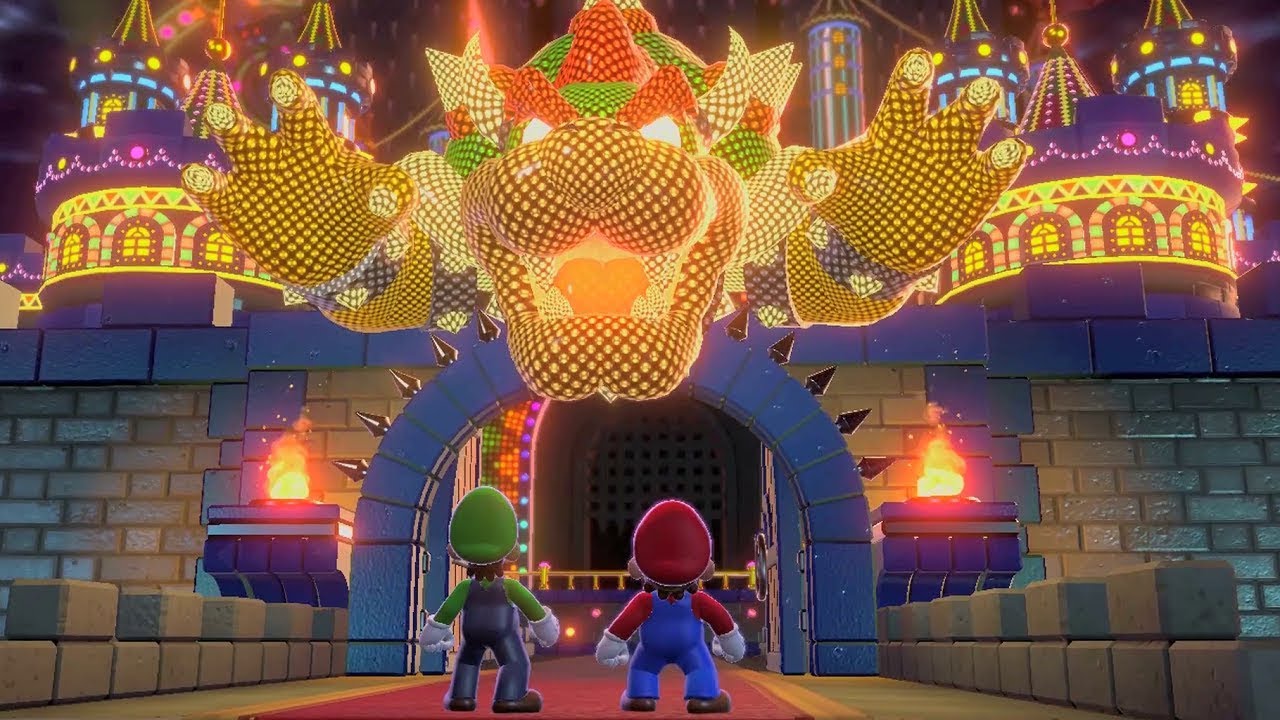
Super Mario 3D World
Wii U
One of the least-played 3D Mario games happens to be the best, and the reports of it likely receiving a deluxe edition on Switch are most welcome. Up to four players can run around beautiful, busy and inventive levels together. You can bounce on each other's heads, and more often than not, you'll accidentally throw someone off the edge of a level.
This is the magic of the game. It's full of physical comedy, and it's a riot to play with a friend or family member. All these interactions add a surprising amount of player expression, as you dash through a level leaving a friend behind because it's funny, or watch them slide to their deaths after a mistimed jump.
The game is an extension of the also-great Mario 3D Land on 3DS, but it's a more complete and expansive game. The game Captain Toad: Treasure Tracker is a spin-off of this Mario entry, so it only makes sense we'll have both on Switch.
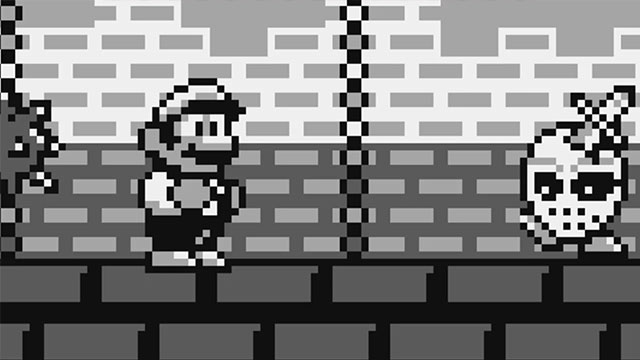
Super Mario Land 2: The Six Golden Coins
GameBoy / Virtual Console (3DS)
1989’s Super Mario Land was a great proof of concept that you could squeeze a Mario title down onto Nintendo’s handheld GameBoy, but something felt a bit...off. Mario was a strange tiny little mix of sprites, enemies weren’t what we’d gotten used to, and everything felt a bit knock-off like.
Super Mario Land 2: The Six Golden Coins, however, was the real deal. A full-fat Mario experience complete with world map, non-linear paths and mad powerups, it deserves a place on this list for its introduction of the devilish Wario, making his first ever appearance here as the game’s antagonist. It’s relatively easy as far as Mario games go – possibly a by-product of letting you take on the six creatively themed zones in any order you choose. But the final castle, Wario’s domain, offers a true challenge. Well worth revisiting.
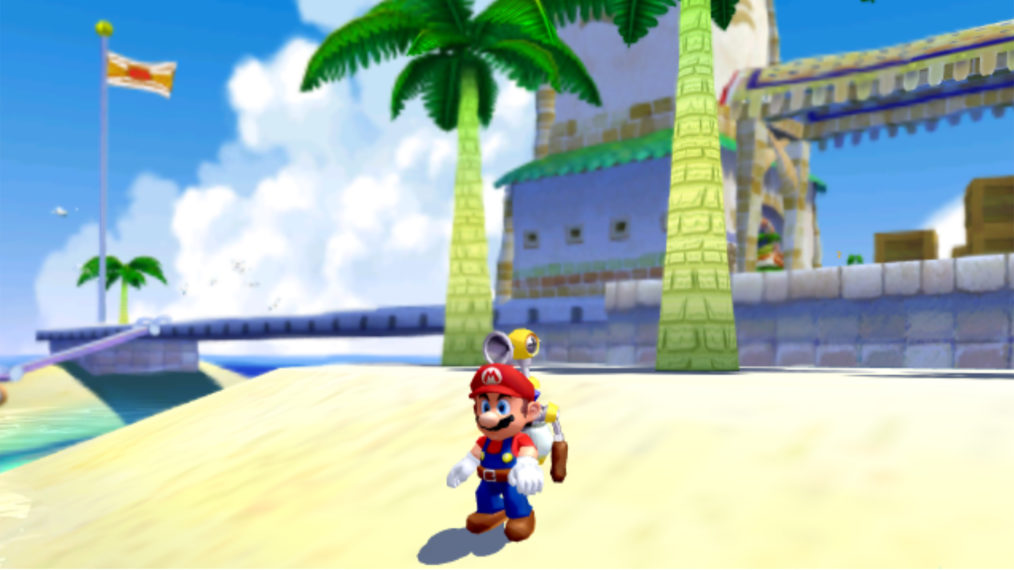
Super Mario Sunshine
GameCube
Super Mario Sunshine was a joyful, if undervalued game – whose biggest drawback was that it launched on a GameCube console with a limited audience compared to the huge unit sales of its successor, the Nintendo Wii.
Still, for those who played it, Super Mario Sunshine was astonishingly fun. The story takes place on a tropical island getaway for Mario, Princess Peach, and Toad to Isle Delfino. Finally, a holiday! Things go awry, however, when a Mario-lookalike with a magic paintbrush starts painting graffiti all over the island town.
With a case of mistaken identity, and even some family drama between Bowser and his offspring, the dramatic stakes were high. Even if cleaning graffiti isn’t the most exciting gameplay mechanic on paper, the variety of functions in Sunshine’s F.L.U.D.D. water blaster made for excellent platforming, especially with the game’s later upgrades.
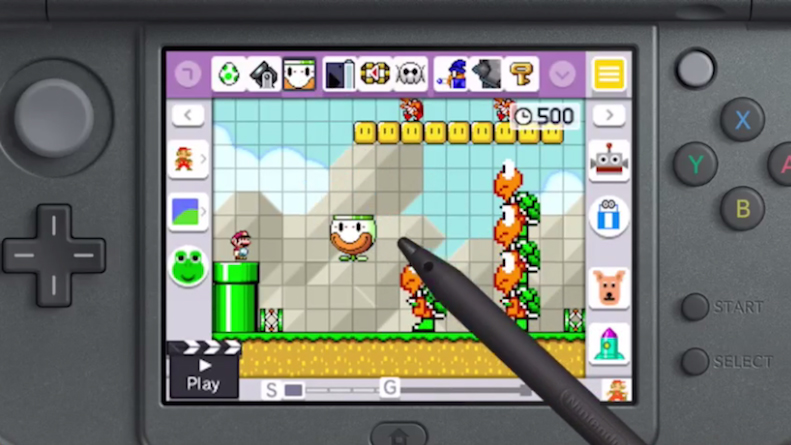
Super Mario Maker
Nintendo 3DS
You can’t talk about the best Mario games without mentioning Super Mario Maker – a game that lets you make Super Mario levels for yourself. Turning one of the most famous gaming franchises into a DIY playkit was a stroke of genius, with life-long fans now able to ape the gorgeous simplicity of Mario’s jumps and fireballs, or create hellish nightmare-scapes that were near impossible to complete.
The original game was released on Nintendo 3DS, finding a perfect home on the dual-screen hardware, which enabled gamers to view their levels on one screen and the game’s multiple menus of items and monsters on the other.
The follow-up Nintendo Switch version was certainly more accessible, with the majority of items and designs available from the get-go – with an assist mode for the campaign too – though the single screen did feel a bit crowded for everything the level editor was able to do.
0 comments:
Post a Comment